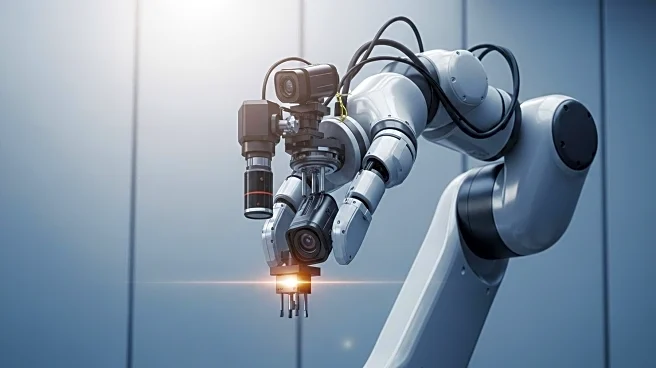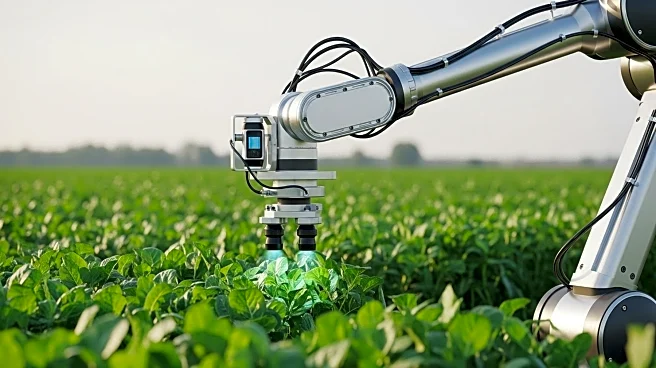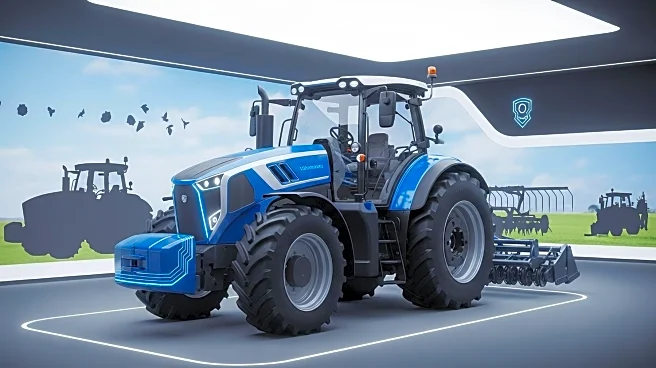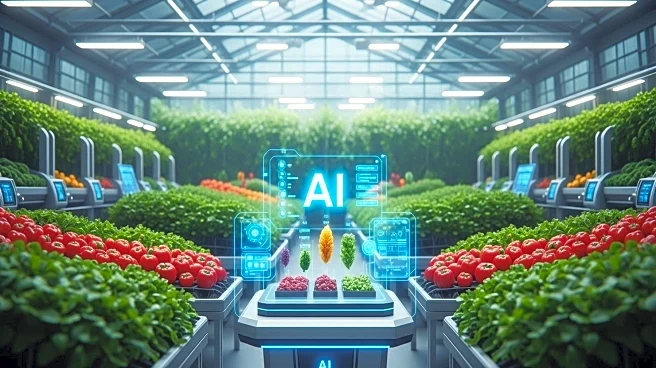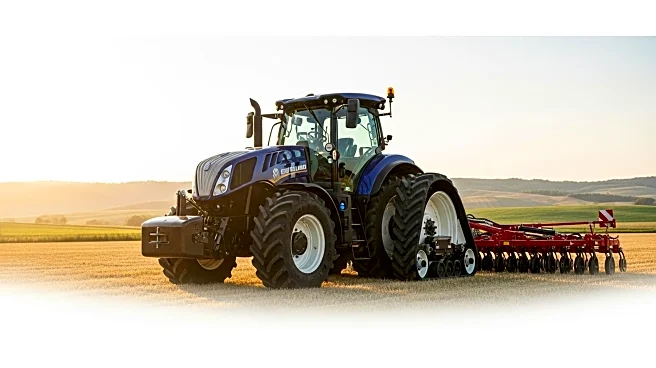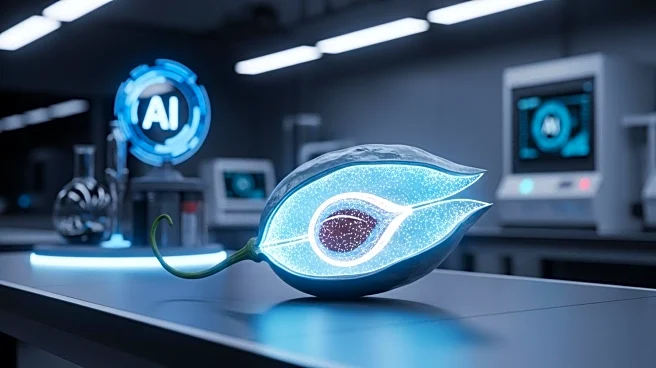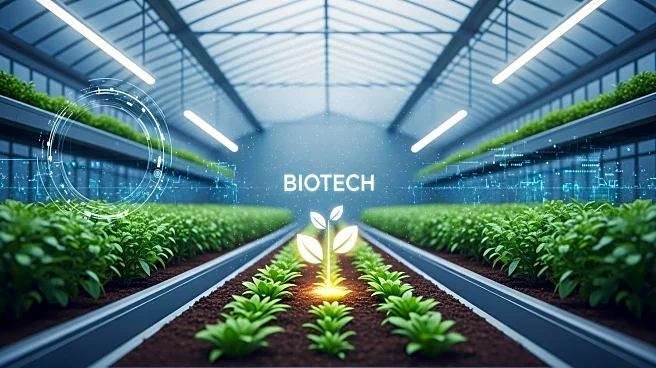What's Happening?
H2L Robotics is set to deploy the PotatoSelector300, an autonomous robot designed to identify and mark diseased potato plants. Building on technology used in tulip disease scouting, the PotatoSelector300 uses smart software to recognize and mark plants affected by diseases such as Y-virus leaf roll and Erwinia. Two prototypes have already been tested in Dutch potato fields, and eight units are scheduled for deployment next year. The robot operates autonomously, running on diesel-electric power, and marks diseased plants with chalk paint for manual removal.
Why It's Important?
The introduction of the PotatoSelector300 represents a significant advancement in agricultural technology, offering farmers a more efficient and accurate method for disease detection in crops. By automating the process, the robot can potentially reduce labor costs and increase crop yields by ensuring timely removal of diseased plants. This innovation could lead to improved agricultural practices and contribute to the sustainability of food production by minimizing the spread of plant diseases.
What's Next?
H2L Robotics plans to expand the capabilities of the PotatoSelector300 by developing algorithms for additional potato varieties. As the technology is refined, more growers may adopt the robot, leading to broader implementation in the agricultural sector. The collaboration with WUR and Kverneland under the Agros II project may also result in further advancements in autonomous agricultural machinery.
Beyond the Headlines
The deployment of autonomous robots in agriculture raises questions about the future of farming and the role of technology in food production. While these innovations offer efficiency and precision, they also prompt discussions about the impact on traditional farming practices and the need for farmers to adapt to new technologies.


